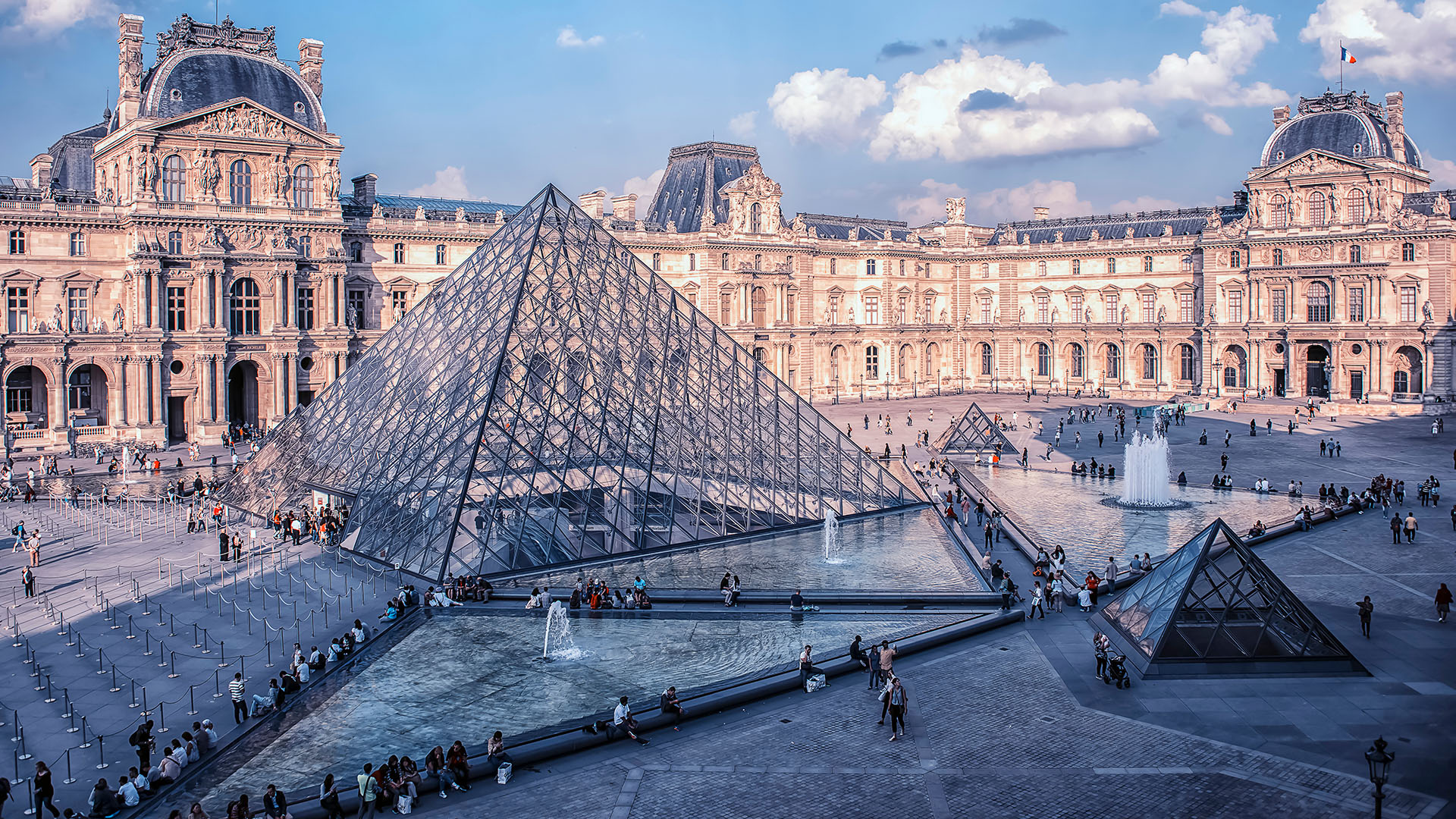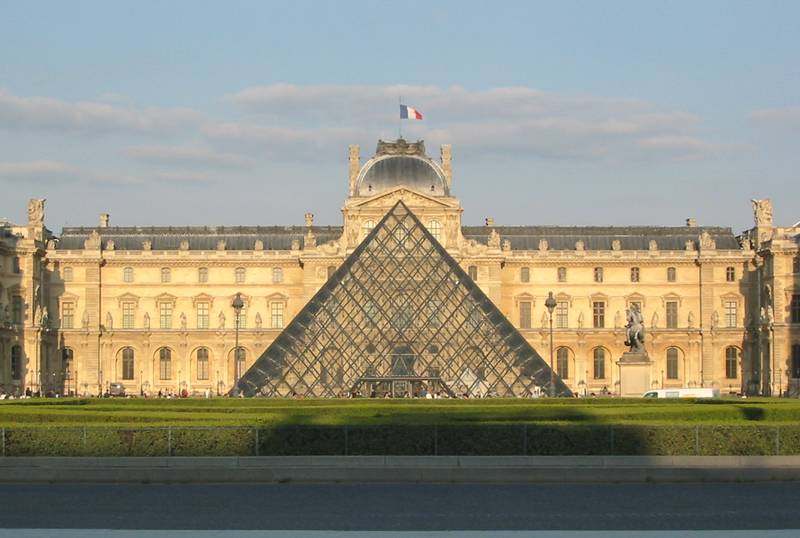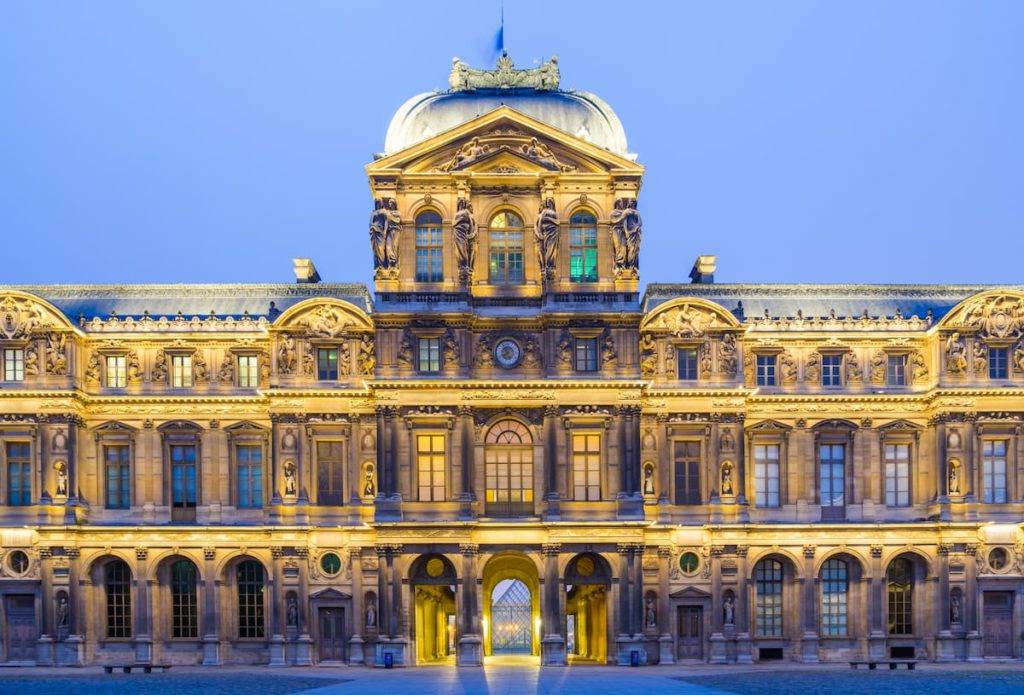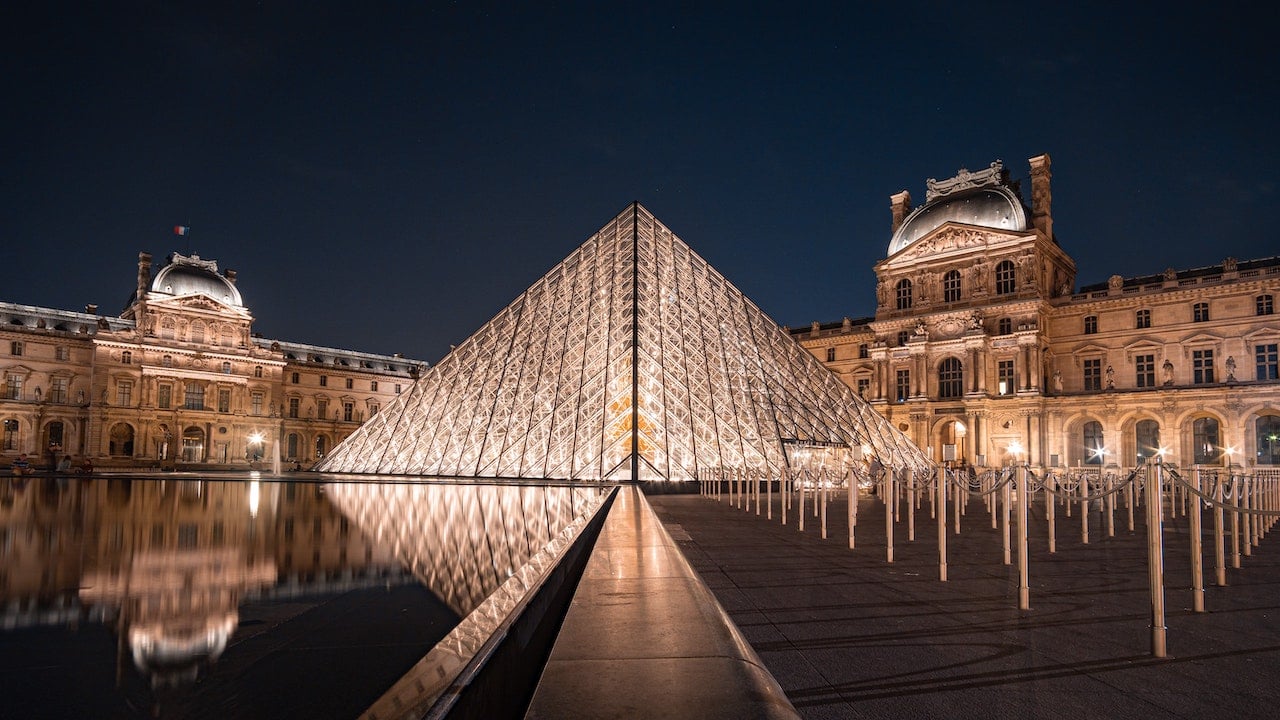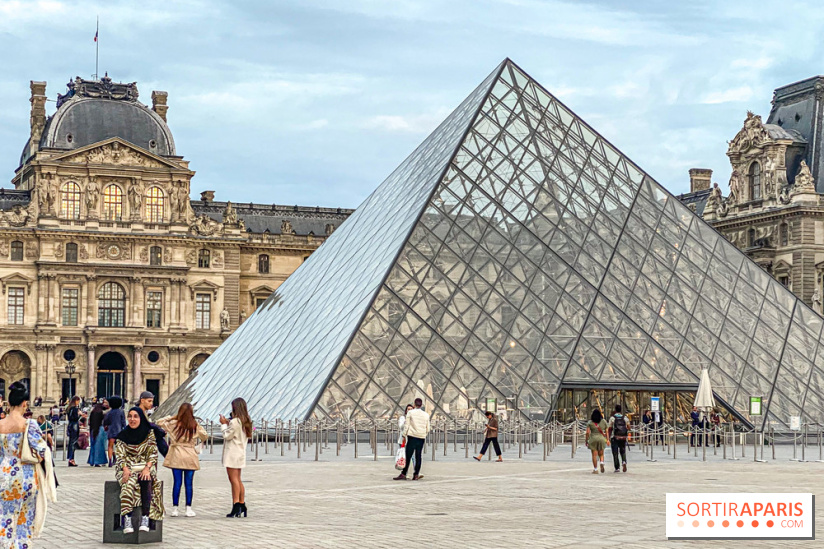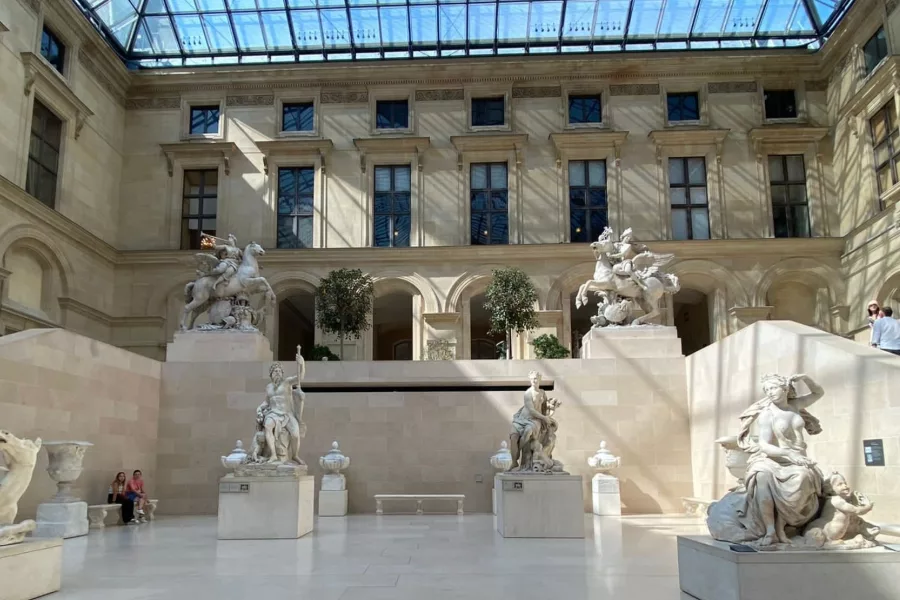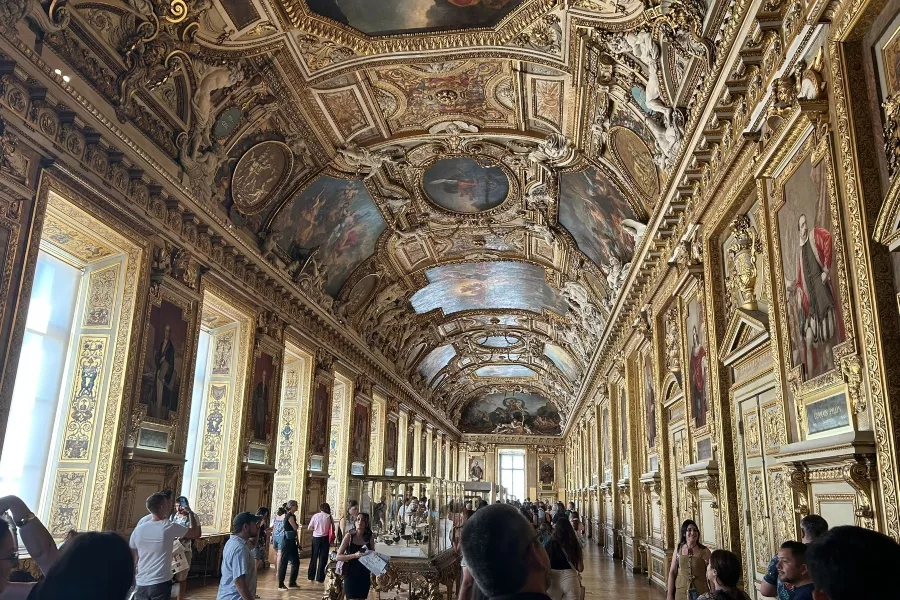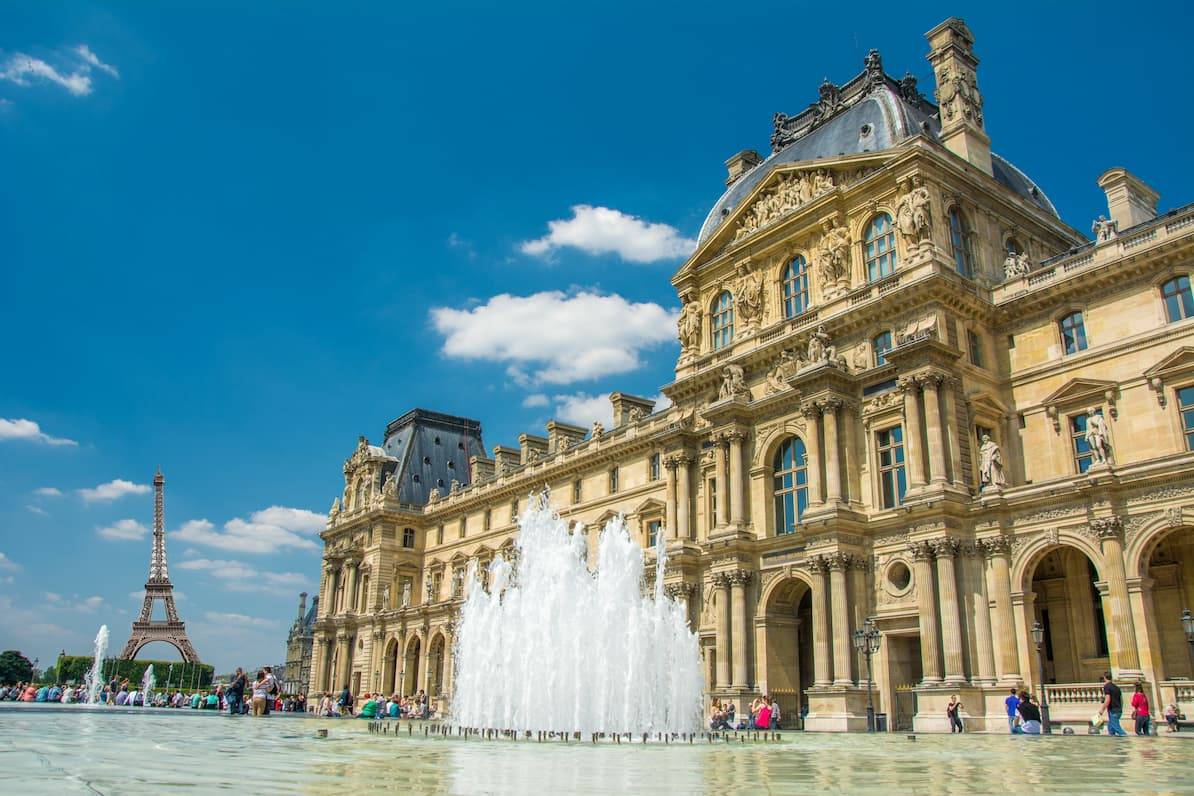Museo Del Louvre Historia
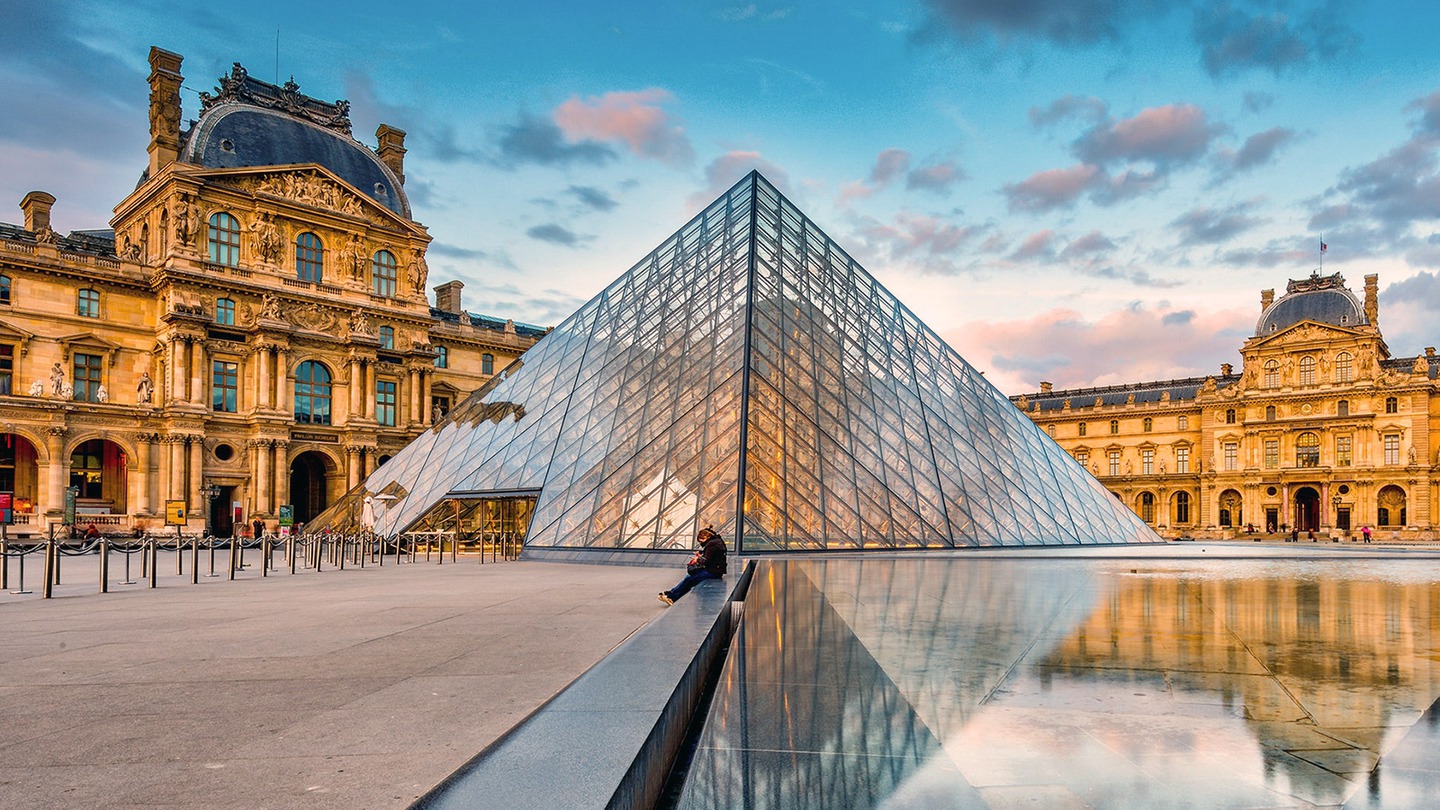
Okay, picture this: me, standing in line for what felt like forever, surrounded by a sea of selfie sticks and murmurs in a million different languages. All this just to catch a glimpse of a…smile. Yup, the Mona Lisa. And you know what? After all that waiting, she’s smaller than I imagined! But the experience? Totally worth it. It got me thinking, though, about the building that houses her, about the Louvre's history. It's not just a pretty face (or a pretty smile, I guess). It's got layers upon layers of stories, secrets, and seriously dramatic historical moments. So, let's dive in, shall we?
From Fortress to Fancy Art Palace
Believe it or not, the Louvre wasn't always a museum. Imagine it: before the throngs of tourists snapping photos, it was a gritty, fortified castle. I know, right? Mind. Blown.
The Fortress Era: Protecting Paris
Back in the 12th century, King Philippe Auguste, probably nursing a serious fear of invasion, decided Paris needed some serious protection. So, bam! He built a fortress on the very spot where the Louvre stands today. Think thick walls, imposing towers, the whole medieval shebang. It wasn't exactly designed for displaying priceless art. More like designed for keeping out Viking raiders. (Side note: Imagine trying to hang the Mona Lisa in a dark, draughty medieval tower... talk about mood lighting gone wrong!)
- Purpose: Primarily a defensive structure. Think battlements, not ballrooms.
- Built by: King Philippe Auguste around 1190.
- Look and Feel: Dark, imposing, and definitely not aesthetically pleasing, unless you're into that whole "grim and foreboding" vibe.
Royal Residence: Moving On Up
Fast forward a few centuries, and the kings of France decided they were a little tired of living in drafty fortresses. Who can blame them? So, they started making some serious renovations. The Louvre started its transformation from a defensive stronghold into a swanky royal residence. Think courtyards, grand halls, and way more windows (thank goodness!).
It was King Charles V who really kicked off the palace makeover in the 14th century. He added libraries, galleries, and generally made the place a lot more… livable. (Though I'm guessing still not as comfortable as my couch. Just sayin'.)
Then came François I in the 16th century. He was a huge art enthusiast (and apparently, a bit of a spendthrift), and he decided to completely rebuild the Louvre in a Renaissance style. This is when things started getting *really* interesting. He brought in artists from Italy (including Leonardo da Vinci, who, fun fact, died in France!) and started amassing a *huge* collection of art. He probably didn't realize he was laying the foundation for one of the world's greatest museums. But hey, foresight isn't everyone's strong suit. Mine included. 🤪
- Shift in Purpose: From defense to luxurious living.
- Key Players: Charles V and François I.
- Style Shift: From medieval fortress to Renaissance palace.
- Art Collection Begins: François I starts collecting art, laying the groundwork for the future museum.
From Palace to People's Museum
Okay, so we’ve got a fancy palace filled with art. But how did it actually become a museum for the *people*? That's where the French Revolution comes in, because of course, it does.
The French Revolution: Art for Everyone!
The French Revolution, being a time of, shall we say, *significant* upheaval, brought some serious changes to the Louvre. After the monarchy was overthrown, the revolutionaries decided that all that royal art shouldn't just be for the king and his cronies. Nope! It should be for *everyone*. The Louvre officially opened as a museum in 1793.
Imagine the scene: the aristocracy's prized possessions, suddenly available for the masses to ogle. Talk about a power shift! (Though, I'm guessing some of those aristocrats weren't exactly thrilled with the new arrangement.)
- Revolutionary Change: The French Revolution makes the Louvre accessible to the public.
- Opening Date: 1793 – mark your calendars!
- Symbolism: Represents a shift in power, with art becoming a public asset.
Napoleon and Beyond: Expansion and Controversy
Of course, no discussion of French history is complete without mentioning Napoleon. (Seriously, the guy was *everywhere*.) Napoleon, being Napoleon, decided to make the Louvre even bigger and better. He renamed it the Musée Napoléon (because, you know, subtlety) and filled it with art looted from all over Europe. (Not exactly the museum's finest moment, ethically speaking.)
After Napoleon's downfall, a lot of the stolen art was returned (phew!). But the Louvre continued to expand and acquire new works. It's been a work in progress ever since, constantly evolving and changing. (Just like my taste in music, which is currently stuck in the 80s. Don't judge.)
And then there's the whole Louvre Pyramid controversy. When I.M. Pei's glass pyramid was unveiled in 1989, people lost it. They thought it was hideous, out of place, a complete betrayal of the Louvre's history. (Cue dramatic gasps.) Now, of course, it's an iconic symbol of the museum. Proof that sometimes, the most controversial changes can become the most beloved. (Except maybe Crocs. Still not convinced on those.)
- Napoleon's Influence: Expands the museum and renames it Musée Napoléon, but also loots art from conquered territories.
- Post-Napoleon Era: Some art is returned, and the museum continues to grow.
- The Louvre Pyramid: A controversial addition that has since become an iconic symbol.
The Louvre Today: More Than Just the Mona Lisa
So, what's the Louvre like today? Well, it's massive. You could spend days wandering through its halls and still not see everything. (And you'd probably need some serious foot massage afterwards.)
Highlights and Hidden Gems
Everyone knows about the Mona Lisa. She's the superstar, the headliner, the Beyoncé of the Louvre. (And just like Beyoncé, she's usually surrounded by a massive crowd.) But there's so much more to see!
- Winged Victory of Samothrace: A stunning Hellenistic sculpture perched atop a grand staircase. (Seriously, the drama of this statue is off the charts.)
- Venus de Milo: Another iconic sculpture, famous for her missing arms. (Maybe she just didn't want to hold a selfie stick?)
- Egyptian Antiquities: A fascinating collection of mummies, sarcophagi, and other artifacts from ancient Egypt. (Prepare to be amazed by the craftsmanship.)
- Hidden Gems: Don't be afraid to wander off the beaten path and explore the lesser-known galleries. You might just stumble upon a hidden masterpiece!
Tips for Visiting: Don't Get Lost!
If you're planning a trip to the Louvre, here are a few tips to keep in mind:
- Book tickets in advance: Trust me, you don't want to spend half your day standing in line.
- Plan your route: The Louvre is huge, so decide what you want to see beforehand.
- Wear comfortable shoes: You'll be doing a lot of walking.
- Bring water and snacks: You'll need to stay hydrated and energized.
- Don't be afraid to get lost: Sometimes, the best discoveries are made when you're not following a map.
- Embrace the chaos: The Louvre can be crowded and overwhelming, but it's also an incredible experience.
So, there you have it: a whirlwind tour of the Louvre's history. From fortress to palace to museum, it's been a wild ride. And who knows what the future holds for this iconic institution? Maybe they'll add a virtual reality tour? Or a Mona Lisa-themed escape room? The possibilities are endless! One thing's for sure: the Louvre will continue to fascinate and inspire visitors for generations to come. And maybe, just maybe, I'll brave the crowds again to see that famous smile. 🤷♀️





